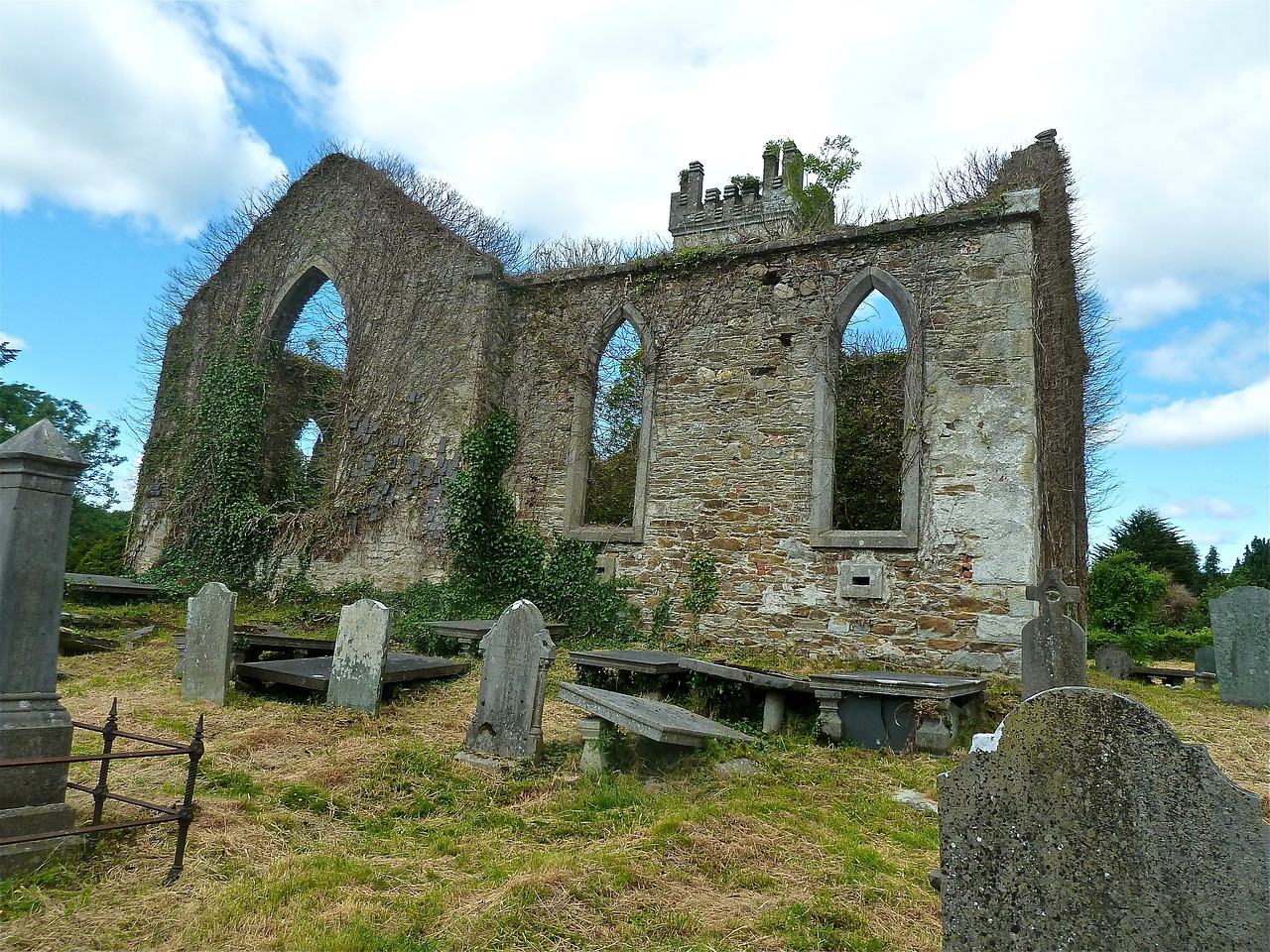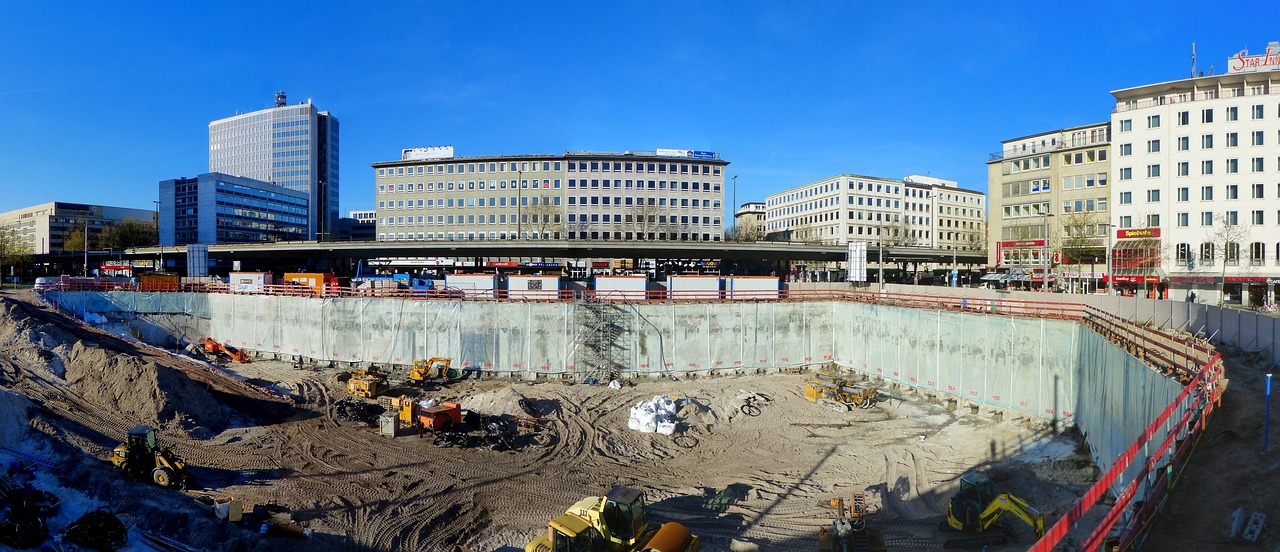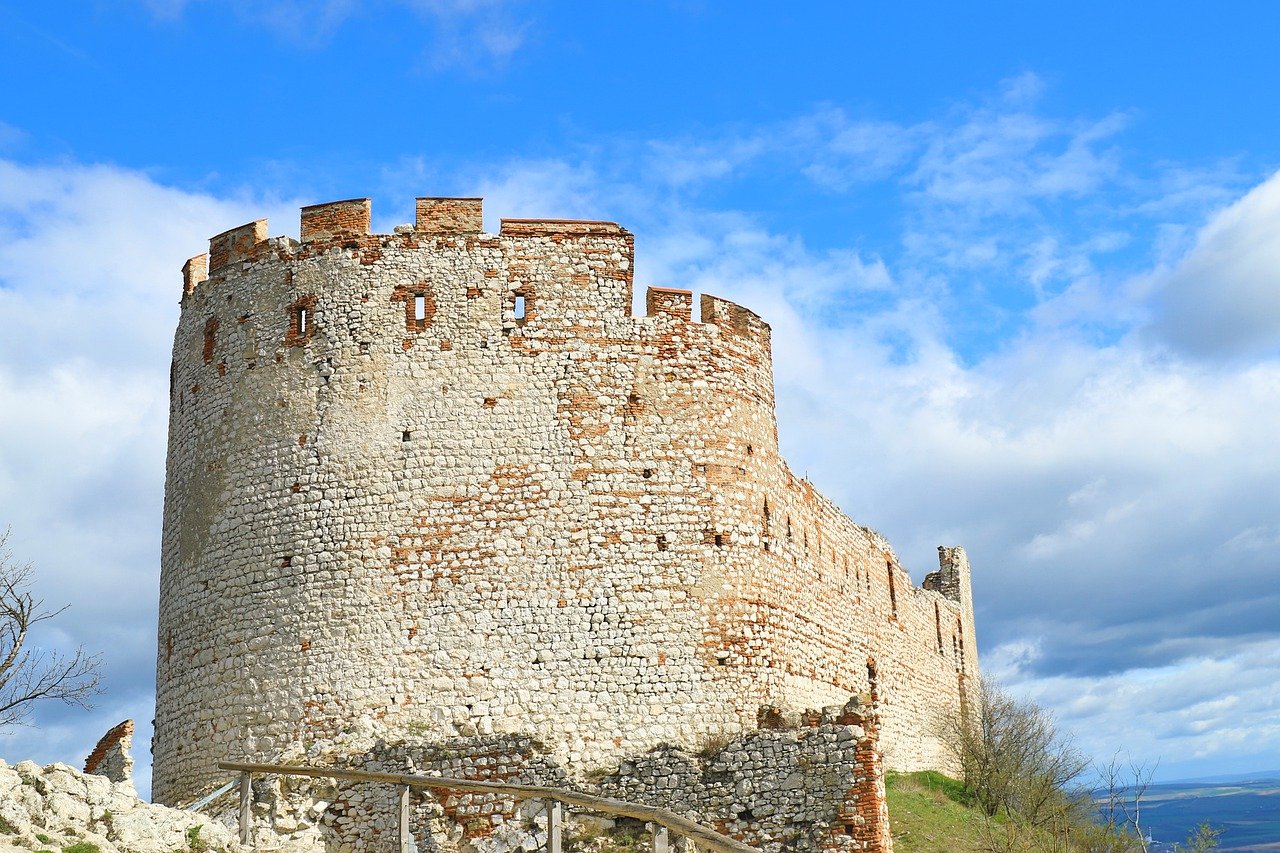The Discovery of the Archaeological Site of Knossos
The discovery of the archaeological site of Knossos in Crete, Greece, is a tale of wonder and intrigue, unraveling the mysteries of a bygone civilization that once thrived in the ancient Aegean world. The site's significance lies not only in its association with the legendary King Minos and the labyrinth of the Minotaur but also in its architectural marvels and cultural richness that provide a glimpse into the sophisticated Minoan civilization.
Knossos has a rich history that dates back to the Neolithic period, evolving into a thriving hub of the Minoan civilization at its peak. The timeline of Knossos showcases the progression of this ancient site, from its grandeur to its eventual decline and abandonment, leaving behind a legacy that continues to captivate archaeologists and historians alike.
One of the most striking features of Knossos is its architectural marvels, particularly the palace complex that boasts advanced design elements, vibrant frescoes depicting scenes of daily life and religious rituals, and a labyrinth that has inspired myths and legends for centuries. The intricate layout of Knossos reflects the ingenuity and creativity of the Minoan architects, offering a glimpse into their sophisticated urban planning and artistic expression.
The excavation and restoration efforts led by archaeologist Sir Arthur Evans in the early 20th century played a pivotal role in uncovering the secrets of Knossos, shedding light on its past glory and cultural significance. Through meticulous excavation and preservation work, the site has been brought back to life, allowing visitors to experience the grandeur of the Minoan civilization firsthand.
Art and culture flourished at Knossos, as evidenced by the exquisite artifacts, pottery, and religious practices unearthed at the site. The artistic achievements of the Minoans reflect their deep connection to nature, spirituality, and the divine, offering a glimpse into a civilization that valued beauty, harmony, and creativity.
Knossos served as a political, economic, and cultural center of the Minoan civilization, exerting influence over trade routes, artistic trends, and religious practices in the ancient Aegean world. The site's significance goes beyond its physical remains, shaping our understanding of ancient civilizations and their enduring impact on the course of history.
Delving into the mythology and legends associated with Knossos adds another layer of intrigue to the archaeological narrative, blending history with folklore in a tapestry of stories that have captured the imagination of generations. The tales of the Minotaur, King Minos, and the labyrinth intertwine with the archaeological discoveries, blurring the lines between reality and myth.
As Knossos continues to attract visitors from around the world, the challenges of managing tourism while preserving its heritage present a delicate balance that requires careful planning and conservation efforts. Balancing accessibility with preservation is crucial in ensuring that future generations can appreciate and learn from the legacy of Knossos.
In conclusion, the legacy of Knossos endures as a testament to the ingenuity, creativity, and cultural richness of the Minoan civilization. Its impact on art, architecture, and heritage preservation practices reverberates through time, inspiring awe and admiration for a civilization that thrived in a distant past, leaving behind a legacy that continues to fascinate and inspire.

History of Knossos
Exploring the history and significance of the ancient site of Knossos in Crete, Greece, known for its association with the Minoan civilization and the legendary King Minos.
Knossos, a site steeped in history, traces its origins back to the Neolithic period, evolving over time into a flourishing hub during the Minoan civilization. The timeline of Knossos reflects a journey from humble beginnings to a pinnacle of cultural and architectural achievement, only to face eventual decline and abandonment, leaving behind a legacy that continues to captivate archaeologists and historians alike.
The archaeological excavation at Knossos has unveiled layers of history, each revealing a chapter in the site's rich past. From its early settlements to the grandeur of the Minoan palace complex, Knossos stands as a testament to the ingenuity and creativity of its ancient inhabitants.
Through the meticulous work of archaeologist Sir Arthur Evans in the early 20th century, Knossos emerged from the depths of time, with its ruins brought to light and its significance in the ancient world restored. The restoration efforts not only preserved the physical structures but also resurrected the stories and traditions of a bygone era, allowing us to peek into the lives of those who once walked the halls of Knossos.
As we delve into the history of Knossos, we uncover a tapestry of events that shaped its destiny, from its role as a political and economic center to its cultural influence on the wider Aegean region. The legacy of Knossos transcends time, offering a window into the past and a mirror reflecting the complexities of ancient civilizations.
1. What is the significance of Knossos in the Minoan civilization?
2. How did the myths and legends surrounding Knossos influence its archaeological interpretation?
3. What challenges are faced in preserving the heritage of Knossos while managing tourism?

Architectural Marvels
The archaeological site of Knossos in Crete, Greece, is renowned for its remarkable that showcase the advanced skills and creativity of the ancient Minoan civilization. The palace complex at Knossos stands out for its intricate layout, featuring multi-story buildings, interconnected courtyards, and a network of rooms that served various purposes.
One of the most striking features of Knossos is its colorful frescoes that adorned the walls, depicting scenes of daily life, religious rituals, and mythical creatures. These vibrant artworks provide valuable insights into the artistic techniques and cultural practices of the Minoans, showcasing their mastery of color and form.
Central to the architectural design of Knossos is the presence of a labyrinth, which according to legend, was home to the fearsome Minotaur, a creature with the body of a man and the head of a bull. This mythological connection adds an air of mystery and intrigue to the site, inviting visitors to explore its winding corridors and hidden chambers.
Furthermore, the structural complexity of Knossos includes advanced features such as light wells, ventilation systems, and plumbing, demonstrating the sophisticated engineering skills of the Minoans. The strategic positioning of the palace complex on a hill overlooking the surrounding landscape also highlights the strategic importance of Knossos as a political and economic hub in the ancient Aegean world.

Excavation and Restoration Efforts
Excavation and Restoration Efforts at Knossos have been nothing short of a journey through time, uncovering the secrets of this ancient Minoan site piece by piece. Led by the pioneering archaeologist Sir Arthur Evans in the early 20th century, the extensive excavation efforts revealed a complex labyrinth of rooms, corridors, and chambers within the palace complex.
Imagine the thrill of uncovering colorful frescoes depicting scenes of daily life, religious rituals, and mythical creatures, bringing to life the vibrant artistic culture of the Minoans. The meticulous restoration work undertaken at Knossos aimed to preserve these priceless treasures for future generations to marvel at, offering a glimpse into the sophisticated architectural and artistic achievements of the past.
Through careful excavation and restoration, archaeologists pieced together the puzzle of Knossos, shedding light on the political and social structures of the Minoan civilization. The discovery of advanced plumbing systems, storage facilities, and religious sanctuaries provided valuable insights into the daily lives and beliefs of the ancient inhabitants.
One cannot help but marvel at the dedication and expertise required to unearth and restore the wonders of Knossos, a testament to the passion and perseverance of those committed to unraveling the mysteries of the past. The ongoing efforts to preserve and protect this archaeological gem ensure that future generations can continue to explore and appreciate the rich history and cultural heritage of Knossos.

Art and Culture at Knossos
The archaeological site of Knossos in Crete, Greece, not only offers a glimpse into the ancient Minoan civilization but also provides valuable insights into their rich artistic and cultural heritage. The artifacts unearthed at Knossos showcase the artistic prowess of the Minoans, known for their vibrant frescoes, intricate pottery, and sophisticated craftsmanship.
One of the most remarkable aspects of the art and culture at Knossos is the emphasis on nature and marine motifs in their designs, reflecting their close connection to the sea and the natural world. The Minoans' skillful use of color and intricate patterns in their artwork demonstrates a high level of artistic sophistication for their time.
Moreover, the religious practices and rituals of the Minoans, as evidenced by the archaeological findings at Knossos, shed light on their spiritual beliefs and the importance of rituals in their society. The presence of sacred symbols and depictions of deities in the art of Knossos provides valuable insights into the religious practices of the Minoan civilization.
Additionally, the architectural elements found at Knossos, such as the grand palace complex and the intricate layout of the site, reflect the Minoans' advanced understanding of urban planning and construction techniques. The presence of storage rooms, workshops, and ceremonial spaces within the palace complex highlights the diverse aspects of Minoan culture and society.
Overall, the art and culture at Knossos serve as a testament to the creativity and sophistication of the Minoan civilization, offering a window into a world where art, religion, and daily life intertwined seamlessly to create a vibrant and thriving society.

Significance in Minoan Civilization
The archaeological site of Knossos holds immense significance in the history of the Minoan civilization, representing a pivotal hub of political, economic, and cultural activity during the Bronze Age. Situated on the island of Crete, Knossos served as the capital of Minoan Crete and played a crucial role in shaping the broader Aegean world.
At the peak of its power around 2000-1400 BCE, Knossos was a flourishing center of trade, connecting the Minoans with other civilizations across the Mediterranean. Its strategic location facilitated the exchange of goods, ideas, and technologies, contributing to the prosperity and influence of the Minoan society.
One of the key aspects that set Knossos apart was its advanced architectural features, such as multi-story buildings, complex drainage systems, and well-planned streets. The palace complex, with its intricate layout and colorful frescoes, showcased the Minoans' sophisticated engineering and artistic skills, reflecting their innovative approach to urban planning and design.
Moreover, Knossos played a vital role in the religious practices of the Minoans, with the site containing sanctuaries, shrines, and ritual spaces dedicated to various deities. The discovery of religious artifacts and symbols at Knossos offers valuable insights into the spiritual beliefs and practices of the Minoan people, highlighting the site's cultural and religious significance.
As a cultural center, Knossos was a melting pot of artistic expression, with artisans producing exquisite pottery, intricate jewelry, and vibrant frescoes that depicted scenes from everyday life, nature, and mythology. These artistic creations not only showcased the Minoans' aesthetic sensibilities but also served as a medium for storytelling and cultural transmission.
Overall, Knossos stands as a testament to the ingenuity and creativity of the Minoan civilization, exemplifying their mastery of architecture, art, and urban planning. The site's significance in the Minoan world extends beyond its physical remains, offering a window into a sophisticated and enigmatic society that continues to captivate archaeologists, historians, and visitors alike.

Mythology and Legends
Mythology and Legends intertwine with the archaeological site of Knossos, adding a layer of intrigue and mystery to its historical narrative. At the heart of these myths lies the enigmatic figure of King Minos, known for his wisdom and connection to the gods. Legend has it that King Minos commissioned the construction of a vast labyrinth to contain the Minotaur, a fearsome creature with the body of a man and the head of a bull. This labyrinth, believed to be located beneath the palace at Knossos, has captured the imagination of storytellers for centuries.
The tale of the Minotaur and the labyrinth is not the only myth associated with Knossos. According to Greek mythology, King Minos' wife, Pasiphae, fell under a curse that caused her to fall in love with a bull. This unnatural union resulted in the birth of the Minotaur, a creature that demanded a yearly tribute of young men and women from Athens to satisfy its hunger. These myths, while fantastical in nature, reflect the complex interplay between power, desire, and fate in ancient Minoan society.
Exploring the ruins of Knossos today, visitors can still sense the echoes of these ancient myths, preserved in the stone walls and vibrant frescoes of the palace complex. The intertwining of history and legend at Knossos serves as a reminder of the enduring power of storytelling and the human impulse to create narratives that transcend time and space.

Tourism and Heritage Preservation
Tourism plays a vital role in the preservation and promotion of the archaeological site of Knossos. As one of the most significant Minoan sites in Crete, Knossos attracts a large number of visitors each year, eager to explore its rich history and mythical connections. However, managing tourism at such a delicate heritage site presents various challenges that need to be carefully addressed.
One of the main concerns regarding tourism at Knossos is the impact of visitor numbers on the preservation of the site. The foot traffic, humidity from breath, and touching of ancient walls and artifacts can all contribute to wear and tear over time. Balancing the need to allow visitors access to this historical treasure while ensuring its long-term conservation requires a delicate approach.
To mitigate the negative effects of tourism, conservation efforts are paramount. Implementing strict guidelines for visitor behavior, such as not touching the walls or artifacts, limiting the number of visitors at a time, and providing educational materials on-site can help protect the fragile remains at Knossos. Additionally, investing in technology for monitoring and preserving the site, such as climate control systems and security measures, can aid in safeguarding its integrity.
Furthermore, promoting sustainable tourism practices is essential for the long-term preservation of Knossos. Encouraging responsible travel, supporting local communities, and raising awareness about the significance of cultural heritage can help create a more sustainable tourism model. By engaging visitors in the importance of heritage preservation, Knossos can continue to thrive as a cultural and educational destination for generations to come.

Legacy of Knossos
Knossos, the ancient archaeological site in Crete, Greece, holds a profound legacy that continues to shape our understanding of ancient civilizations. The discoveries made at Knossos have not only provided valuable insights into the Minoan civilization but have also influenced art, architecture, and cultural heritage preservation practices worldwide. The architectural marvels and artistic achievements unearthed at Knossos serve as a testament to the advanced capabilities and cultural richness of the Minoans.
One of the key aspects of Knossos' legacy lies in its role as a significant political, economic, and cultural center of the Minoan civilization. The site's strategic location and sophisticated infrastructure contributed to its influence on trade routes, artistic developments, and religious practices in the ancient Aegean world. The intricate layout of the palace complex at Knossos, adorned with vibrant frescoes and intricate designs, reflects the Minoans' mastery of architecture and artistic expression.
Furthermore, the mythology and legends associated with Knossos, such as the tale of the Minotaur and the labyrinth, have added a layer of intrigue and mystique to the site's historical narrative. These mythical elements, intertwined with the archaeological findings, have captured the imagination of scholars and visitors alike, blending history with folklore in a captivating manner.
The enduring legacy of Knossos extends beyond its physical remains, encompassing the ongoing efforts in heritage preservation and tourism management. Balancing the need to conserve the site's archaeological significance with the demands of modern tourism presents a complex challenge, requiring careful planning and sustainable practices to ensure the site's preservation for future generations.
In conclusion, the legacy of Knossos serves as a beacon of ancient ingenuity and cultural richness, offering a window into the sophisticated world of the Minoan civilization. By exploring the history, architecture, art, and mythology of Knossos, we gain a deeper appreciation for the complexities of ancient societies and the enduring impact they have on our modern world.
Frequently Asked Questions
- What is the significance of the archaeological site of Knossos?
The archaeological site of Knossos holds great significance as it was a major center of the ancient Minoan civilization in Crete, Greece. It provides valuable insights into the art, culture, and architecture of this advanced Bronze Age society.
- Who was King Minos and what is his connection to Knossos?
King Minos is a legendary figure associated with Knossos in Greek mythology. He was said to have ruled over Crete and was linked to the Minotaur and the labyrinth. While the historical accuracy of these stories is debated, they have contributed to the intrigue surrounding Knossos.
- What can visitors expect to see at the archaeological site of Knossos?
Visitors to Knossos can explore the impressive palace complex with its intricate architectural features, colorful frescoes, and the mythological labyrinth. They can also view a wide range of artifacts and learn about the rich cultural heritage of the Minoan civilization.



















